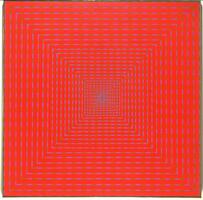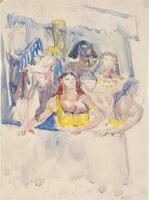30 UMMA Objects
30 UMMA Objects
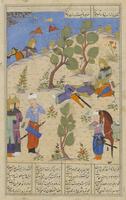
Iranian (Iranian)
The Death of Dara, from the Shahnama of Firdausi
1455 – 1465
Museum Purchase
1963/1.64

Japanese (Japanese (culture or style))
Tsuba (sword guard) with design of Kanzan (Chinese, Han Shan) and Jittoku (Chinese, Shihde), two Zen eccentrics
1700 – 1732
Gift of Mr. and Mrs. Robert T. Weston
1978/2.5

Watanabe Shikō
Flowers and Grasses
1700 – 1749
Museum purchase made possible by the Margaret Watson Parker Art Collection Fund
1964/2.65

Iranian (Iranian)
Shallow open box with three compartments, adorned with women's faces
19th century
Museum Purchase
1957/1.99
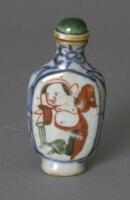
Chinese (Chinese (culture or style))
Snuff bottle with painted design (of Budai?)
1912 – 1949
Gift of Mr. Robert W. Coggan
1980/2.115
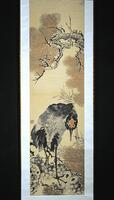
Ren Xun (Jen Hsün)
Crane, Pine and Bamboo
1860 – 1887
Museum Purchase made possible by the Friends of the Museum of Art
1987/1.265

Jiang Song
Fishermen Returning in the Evening Snow
1500 – 1532
Museum purchase made possible by the Margaret Watson Parker Art Collection Fund
1976/2.139
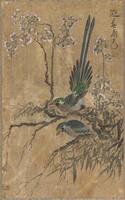
Korean (Korean (culture or style))
Birds and Flowers
19th century
Gift and partial purchase from Bruce and Inta Hasenkamp, purchase with funds from Elder and Mrs Sang-Yong Nam
2021/1.165
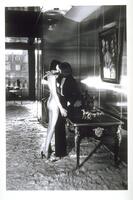
Helmut Newton (Australian)
Mannequins, Quai d'Orsay, Paris
1977
Gift of Gerald and Selma Lotenberg
1984/1.277.6
Loading…

